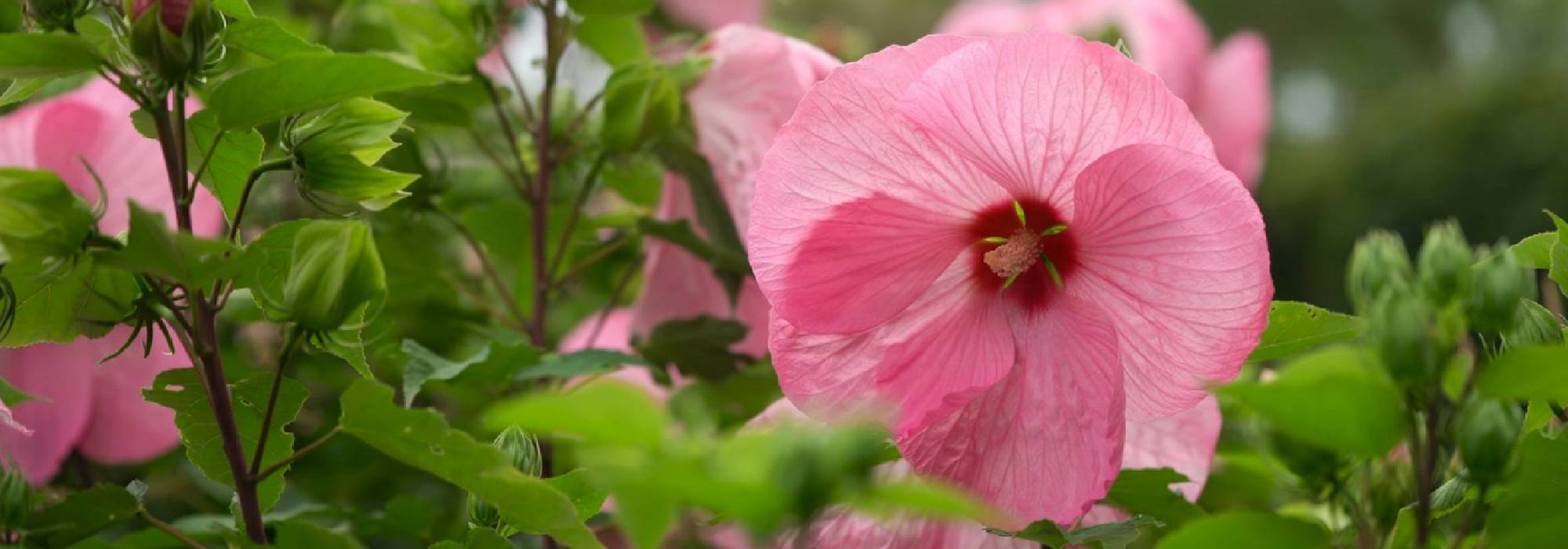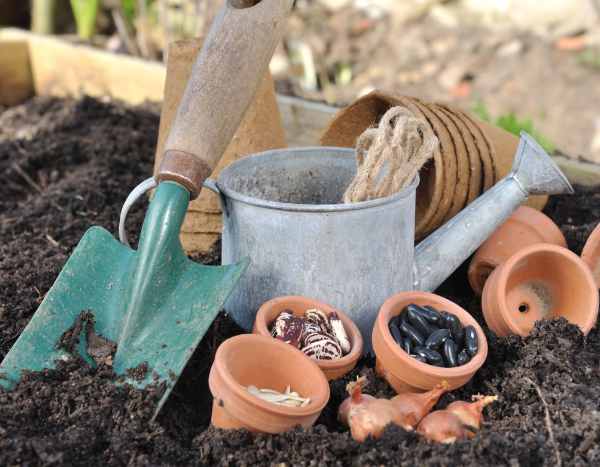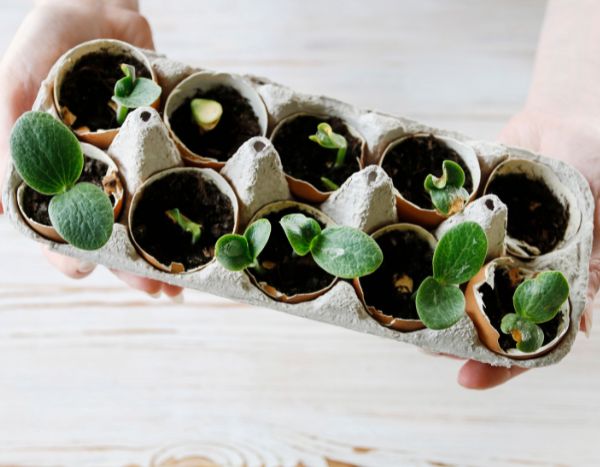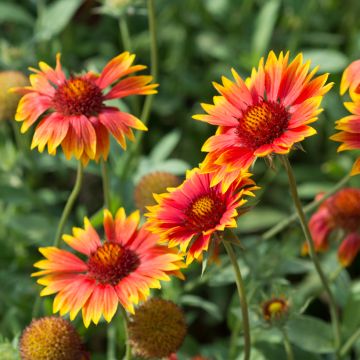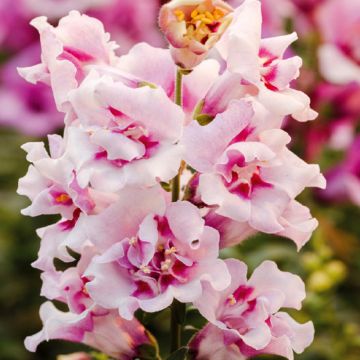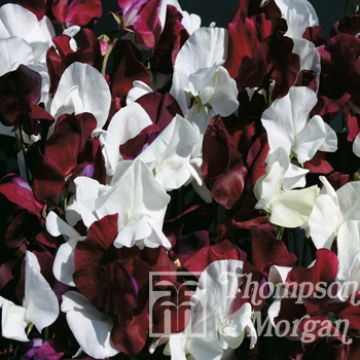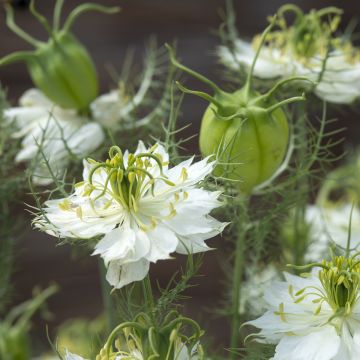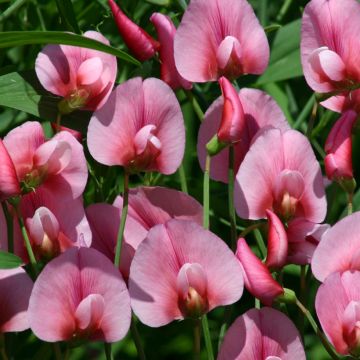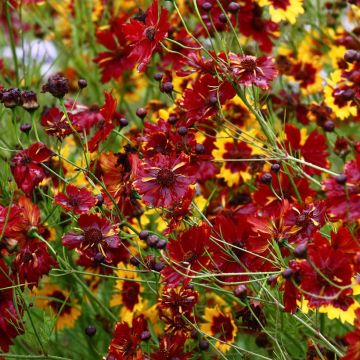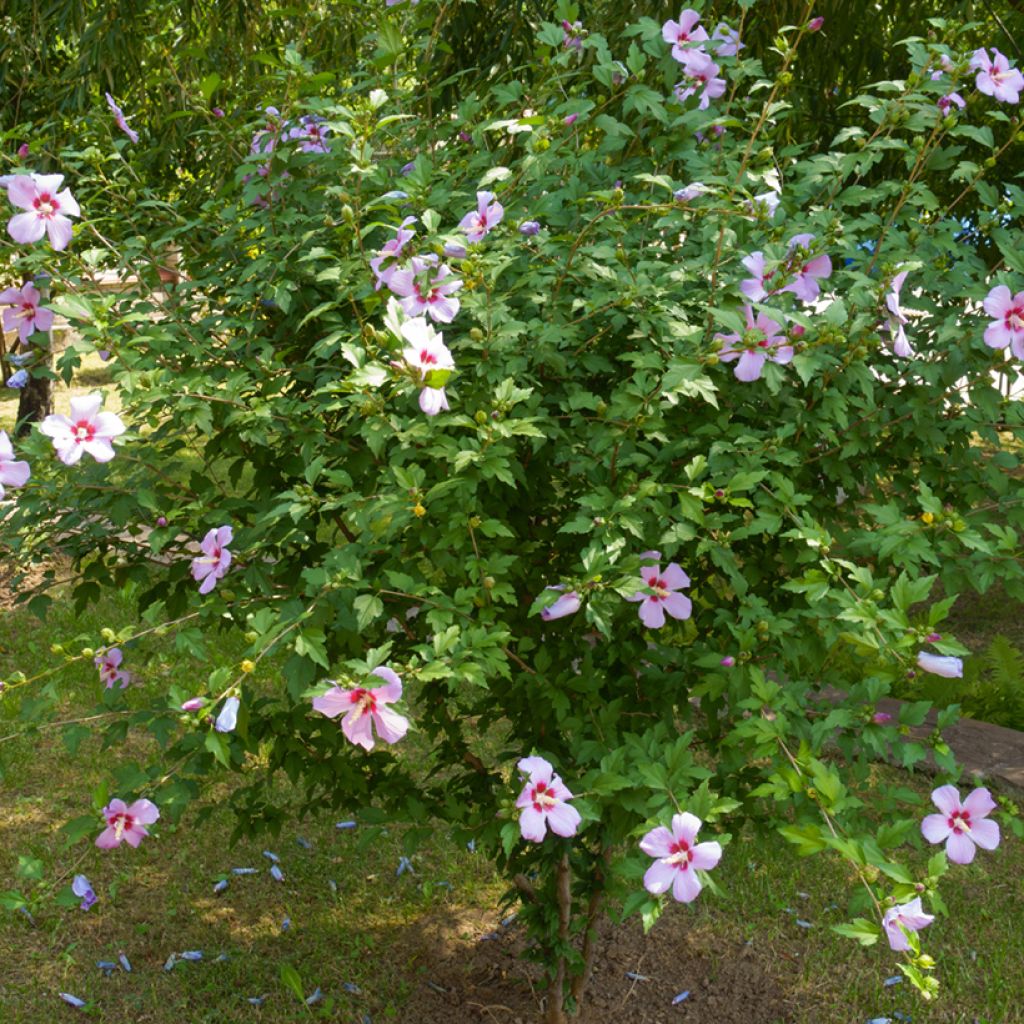

Hibiscus syriacus seeds - Rose of Sharon
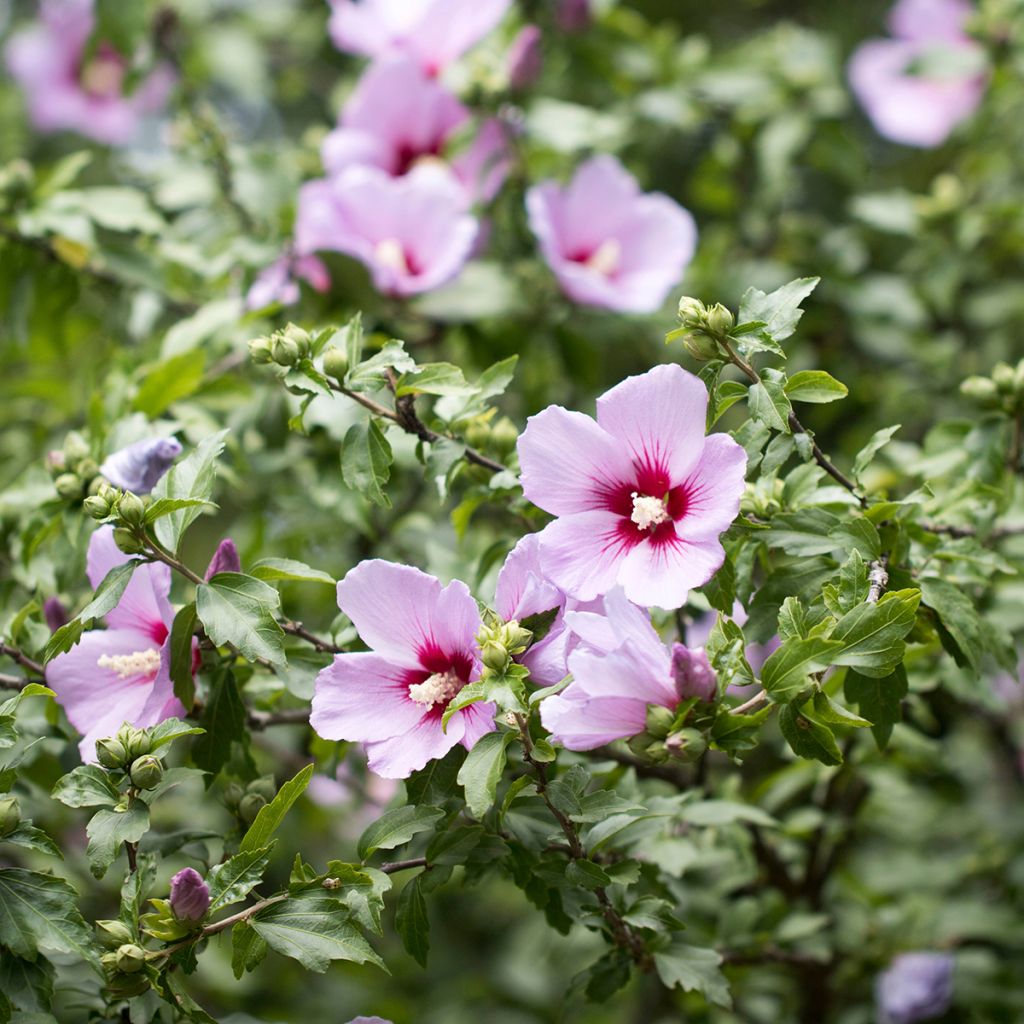

Hibiscus syriacus seeds - Rose of Sharon
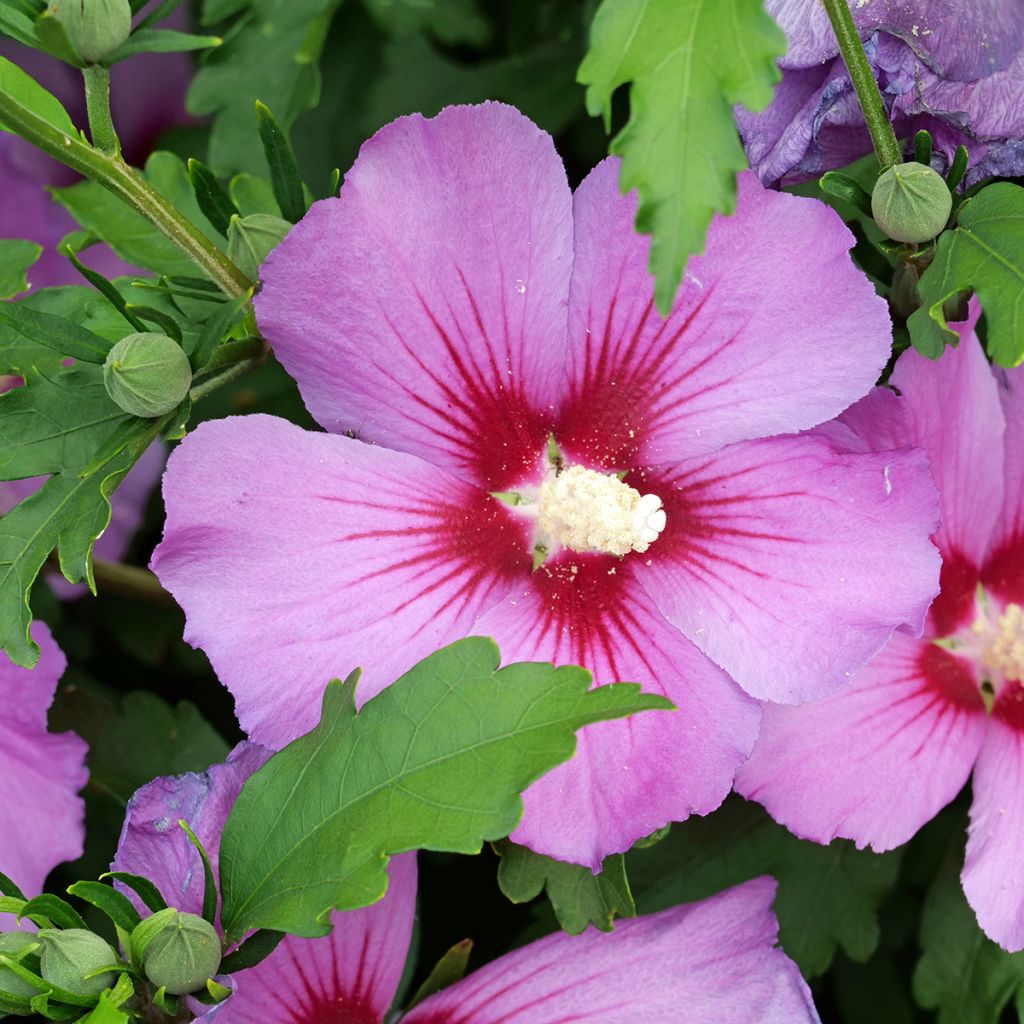

Hibiscus syriacus seeds - Rose of Sharon
Hibiscus syriacus seeds - Rose of Sharon
Hibiscus syriacus
Common Hibiscus, Rose of Sharon, Syrian ketmia, St Joseph's rod, Garden Hibiscus
Special offer!
Receive a €20 voucher for any order over €90 (excluding delivery costs, credit notes, and plastic-free options)!
1- Add your favorite plants to your cart.
2- Once you have reached €90, confirm your order (you can even choose the delivery date!).
3- As soon as your order is shipped, you will receive an email containing your voucher code, valid for 3 months (90 days).
Your voucher is unique and can only be used once, for any order with a minimum value of €20, excluding delivery costs.
Can be combined with other current offers, non-divisible and non-refundable.
Home or relay delivery (depending on size and destination)
Schedule delivery date,
and select date in basket
This plant carries a 6 months recovery warranty
More information
We guarantee the quality of our plants for a full growing cycle, and will replace at our expense any plant that fails to recover under normal climatic and planting conditions.
Would this plant suit my garden?
Set up your Plantfit profile →
Description
Hibiscus syriacus is the popular garden hibiscus, cherished for its generous and very long summer flowering. This beautiful bush with an upright habit and rapid growth reaches 2 to 2.50 m in height and bears well-cut, deep green foliage. From early summer, it produces large purple-violet flowers resembling those of delicate tropical Hibiscus, though this species is, in fact, very hardy. The bush thrives in full sun, in most soils except those too clayey or acidic, and requires little maintenance.
Hibiscus belongs to the Malvaceae family, a highly cosmopolitan group that includes wild mallows from our countryside as well as many ornamental plants, such as the lovely Lavateras. The Hibiscus genus comprises around 200 species, both woody and herbaceous, mostly of tropical origin. Hibiscus syriacus is one of the hardiest of all, tolerating cold down to -25°C. Contrary to what its name might suggest, the plant does not originate from Syria but from China and India, where it grows into a large bush exceeding 5 m in height.
In our gardens, it typically reaches no more than 2.50 m, or 3 m for older, unpruned specimens. However, there are so many cultivars with single or double flowers in white, pink, red, purple, violet, or even bicoloured that it is rare to encounter the botanical species offered here. The bush is nonetheless charming, with its deep green foliage composed of trilobed leaves, irregularly toothed, 5 to 10 cm long, and borne on short petioles. The deciduous leaves are smooth and carried on upright shoots, grey when young, then brown. The bush has an upright habit, not exceeding 1 to 1.50 m in width at maturity. Its growth is relatively fast if adequately watered.
Also known as Rose of Sharon or Althea, the garden Hibiscus is remarkable for its highly ornamental and long-lasting flowering. From early July, large single flowers with 5 petals, measuring 6 to 10 cm in diameter, appear. They are solitary and adorn the bush regularly. The numerous stamens are often fused at the base, forming a small fleshy column that appears dusted with gold. The corolla has a lovely purple-violet hue, varying between specimens but always highly decorative. The flowers continue throughout summer until October, provided faded blooms are removed. Of course, they can be left to set seed if you wish to collect and sow them yourself.
Hibiscus syriacus is one of those easy-to-grow plants that richly reward amateur gardeners for minimal effort. Plant it alongside other accommodating spring-flowering plants, such as Van Houtte's Spirea, which from April to June will have delightful and abundant white flowers. For early-season colour, nothing beats Forsythias, with their incredible yellow blooms defying winter’s last chills.
Hibiscus syriacus seeds - Rose of Sharon in pictures
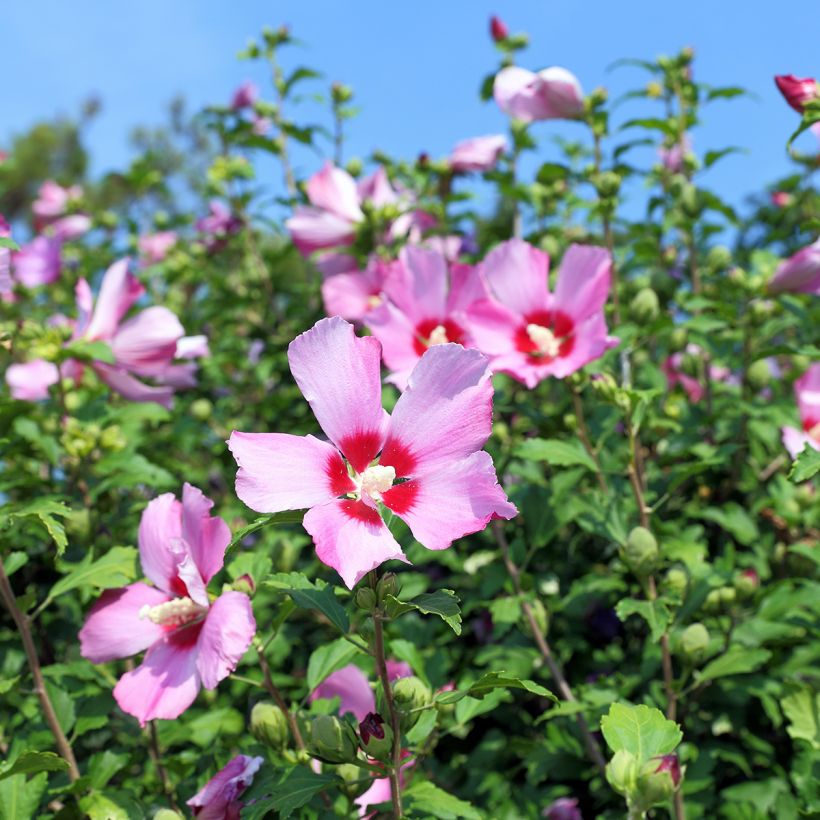

Flowering
Foliage
Plant habit
Botanical data
Hibiscus
syriacus
Malvaceae
Common Hibiscus, Rose of Sharon, Syrian ketmia, St Joseph's rod, Garden Hibiscus
Althaea frutex HORT.
India, China
Planting and care
Hibiscus syriacus is preferably propagated by cutting, especially in the case of horticultural varieties where one wishes to preserve their characteristics (this is referred to as vegetative propagation, allowing the same genetics as the original plant to be maintained).
Conversely, sexual reproduction produces individuals that may differ.
As this concerns the standard botanical species, the latter point is not a drawback as it would be with a horticultural variety.
Sowing is therefore possible, provided the seeds undergo either stratification or scarification to improve the success rate. The aim is to act on the fairly tough wall of the seed to enable germination.
To prepare the seeds, you can proceed as follows:
* By scarification: gently rub them with fine sandpaper to reduce the thickness of the wall, or soak them in warm water for a few hours to soften them
* By stratification: in autumn, place alternating layers (strata) of seeds and a compost-sand mixture in a large terracotta bucket; position the bucket against a wall but exposed to rain; retrieve the seeds in spring for sowing.
The sowing process itself is very straightforward—simply fill a seed tray with sowing compost, scatter the seeds on the surface, press them down about 1 cm, then cover with a light layer of vermiculite. Keep the substrate moist and the tray at a temperature of approximately 20°C. Germination occurs after 2 to 3 weeks. Once the seedlings reach around 10 cm in height or have 4 to 6 spreading leaves, transplant them into individual pots to grow during the season. In autumn, they can be planted out in the open ground.
Sowing period
Intended location
Planting & care advice
This item has not been reviewed yet - be the first to leave a review about it.
Similar products
Haven't found what you were looking for?
Hardiness is the lowest winter temperature a plant can endure without suffering serious damage or even dying. However, hardiness is affected by location (a sheltered area, such as a patio), protection (winter cover) and soil type (hardiness is improved by well-drained soil).

Photo Sharing Terms & Conditions
In order to encourage gardeners to interact and share their experiences, Promesse de fleurs offers various media enabling content to be uploaded onto its Site - in particular via the ‘Photo sharing’ module.
The User agrees to refrain from:
- Posting any content that is illegal, prejudicial, insulting, racist, inciteful to hatred, revisionist, contrary to public decency, that infringes on privacy or on the privacy rights of third parties, in particular the publicity rights of persons and goods, intellectual property rights, or the right to privacy.
- Submitting content on behalf of a third party;
- Impersonate the identity of a third party and/or publish any personal information about a third party;
In general, the User undertakes to refrain from any unethical behaviour.
All Content (in particular text, comments, files, images, photos, videos, creative works, etc.), which may be subject to property or intellectual property rights, image or other private rights, shall remain the property of the User, subject to the limited rights granted by the terms of the licence granted by Promesse de fleurs as stated below. Users are at liberty to publish or not to publish such Content on the Site, notably via the ‘Photo Sharing’ facility, and accept that this Content shall be made public and freely accessible, notably on the Internet.
Users further acknowledge, undertake to have ,and guarantee that they hold all necessary rights and permissions to publish such material on the Site, in particular with regard to the legislation in force pertaining to any privacy, property, intellectual property, image, or contractual rights, or rights of any other nature. By publishing such Content on the Site, Users acknowledge accepting full liability as publishers of the Content within the meaning of the law, and grant Promesse de fleurs, free of charge, an inclusive, worldwide licence for the said Content for the entire duration of its publication, including all reproduction, representation, up/downloading, displaying, performing, transmission, and storage rights.
Users also grant permission for their name to be linked to the Content and accept that this link may not always be made available.
By engaging in posting material, Users consent to their Content becoming automatically accessible on the Internet, in particular on other sites and/or blogs and/or web pages of the Promesse de fleurs site, including in particular social pages and the Promesse de fleurs catalogue.
Users may secure the removal of entrusted content free of charge by issuing a simple request via our contact form.
The flowering period indicated on our website applies to countries and regions located in USDA zone 8 (France, the United Kingdom, Ireland, the Netherlands, etc.)
It will vary according to where you live:
- In zones 9 to 10 (Italy, Spain, Greece, etc.), flowering will occur about 2 to 4 weeks earlier.
- In zones 6 to 7 (Germany, Poland, Slovenia, and lower mountainous regions), flowering will be delayed by 2 to 3 weeks.
- In zone 5 (Central Europe, Scandinavia), blooming will be delayed by 3 to 5 weeks.
In temperate climates, pruning of spring-flowering shrubs (forsythia, spireas, etc.) should be done just after flowering.
Pruning of summer-flowering shrubs (Indian Lilac, Perovskia, etc.) can be done in winter or spring.
In cold regions as well as with frost-sensitive plants, avoid pruning too early when severe frosts may still occur.
The planting period indicated on our website applies to countries and regions located in USDA zone 8 (France, United Kingdom, Ireland, Netherlands).
It will vary according to where you live:
- In Mediterranean zones (Marseille, Madrid, Milan, etc.), autumn and winter are the best planting periods.
- In continental zones (Strasbourg, Munich, Vienna, etc.), delay planting by 2 to 3 weeks in spring and bring it forward by 2 to 4 weeks in autumn.
- In mountainous regions (the Alps, Pyrenees, Carpathians, etc.), it is best to plant in late spring (May-June) or late summer (August-September).
The harvesting period indicated on our website applies to countries and regions in USDA zone 8 (France, England, Ireland, the Netherlands).
In colder areas (Scandinavia, Poland, Austria...) fruit and vegetable harvests are likely to be delayed by 3-4 weeks.
In warmer areas (Italy, Spain, Greece, etc.), harvesting will probably take place earlier, depending on weather conditions.
The sowing periods indicated on our website apply to countries and regions within USDA Zone 8 (France, UK, Ireland, Netherlands).
In colder areas (Scandinavia, Poland, Austria...), delay any outdoor sowing by 3-4 weeks, or sow under glass.
In warmer climes (Italy, Spain, Greece, etc.), bring outdoor sowing forward by a few weeks.






























